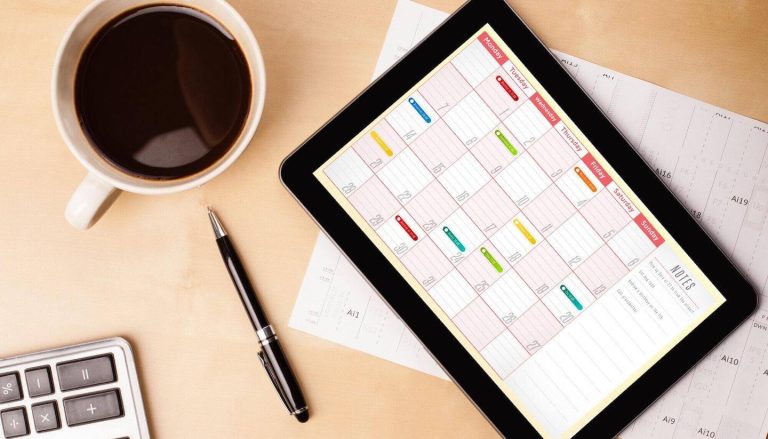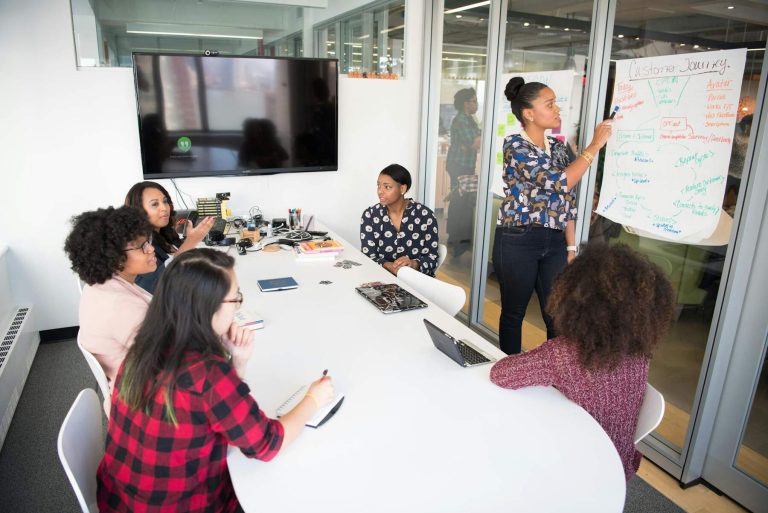8 Best Ways to Start a Meeting and Set the Tone for Success
You know that sinking feeling when a meeting derails in the first few minutes, wasting everyone’s time and making people feel bored? Using TinyCal’s scheduling app, you can apply techniques for turning dreaded calendar appointments into productive meetings. Explore the best ways to start a meeting to establish clear expectations, energize participants, and promote an effective use of everyone’s time.
Best Ways to Start a Meeting
To start a meeting successfully, you can use pre-meeting preparation techniques by identifying the meeting’s purpose, agenda, and objectives, while considering the suitable tone and approach for the audience. You can also distribute materials, assign tasks, and test meeting equipment. Providing short welcoming remarks, organizing icebreakers, and communicating the meeting’s outcomes are also good ways to start meetings.

When starting a meeting, try to keep things engaging and efficient. You can improve aspects of your meetings by incorporating these steps using our meeting scheduler app.
Pre-Meeting Preparation
Effective pre-meeting preparation sets the stage for productive discussions. Start with these small steps and eventually ease them into your preparations.
| Strategies | Benefits |
| Set the meeting’s purpose and objectives | Prevents aimless discussions and helps participants understand why their presence matters |
| Identify a clear agenda | Eliminates confusion about meeting focus and allows participants to prepare relevant contributions |
| Assign pre-reading and tasks | Avoids spending meeting time on basic information sharing and increases participation quality |
| Test technology and logistics | Prevents technical delays and frustrations and eliminates accessibility issues |
| Know your audience | Reduces disengagement and addresses potential resistance points |
1. Define the Purpose and Objectives
Is there a decision to be made, information to be shared, or feedback to be gathered? Defining the meeting’s purpose helps you stay focused and keeps everyone on the same page. Write them down and make sure they are specific and achievable.
2. Create and Distribute a Clear Agenda
A well-organized agenda gives structure to your meeting. It guides the conversation and keeps everyone focused on the topics that matter. List important points and allocate time for each item.
3. Assign Pre-Reading or Tasks
Share necessary documents or data ahead of time, so everyone arrives prepared and ready to engage. Make sure you provide access to online documents or print materials for distribution. This proactive step can help decrease the need for lengthy explanations, making the meeting more efficient.
4. Consider the Audience
A well-prepared presentation that considers your audience can make the meeting more productive and enjoyable. Know who’s attending and their roles and adjust content to match their knowledge and interest levels. Be aware of cultural or organizational nuances when planning interactive segments to maintain interest.
5. Test Technology and Logistics
For virtual meetings, confirm that software or platforms work well and conduct a test run if needed to avoid last-minute hitches. Make sure the meeting space, if physical, is ready and the necessary equipment is functioning. This preparation prevents disruptions and helps the meeting run smoothly.

Opening Strategies for Meetings
Making the beginning of a meeting engaging can set the tone for the entire session. It helps in capturing attention, encouraging participation, and creating a productive atmosphere.
1. Prompt Start and Welcoming Remarks
To show respect for everyone’s schedule, acknowledge everyone’s presence, include quick introductions, and state a brief overview of the meeting’s purpose. This helps people focus and feel connected to the topic. Here are some examples:
- “Since it’s precisely 1:30 PM, let’s commence our training session.”
- “Everyone’s here, and it’s on the hour, so I’m going to start the presentation.”
- “Welcome aboard to the new team members joining this call. We’re happy to have you.”
2. Icebreakers and Quick Activities
Using icebreakers is a great way to engage participants and lighten the mood. Quick activities can refresh minds and break down barriers, especially with new groups. You can try:
- Quick poll: “I’m launching a quick poll with a multiple-choice question related to our first agenda item. Please answer now.” (Gathers immediate input)
- Would you rather?: “Answer a quick ‘Would You Rather?’ question loosely or directly related to our work.” (Engaging and light)
- Virtual background share: “Quickly share why you chose your current virtual background or what it represents.” (Personal and visual connection)
3. Review and Align on the Agenda
Clearly outlining the meeting agenda helps align everyone’s expectations. It provides insight into what will be discussed and sets a structured path for the meeting.
- Check access and introduce topics: “Let’s quickly look at the agenda I sent out. You should see points on [mention 2-3 key items]. Does everyone have a copy?”
- Ask for initial feedback: “I’ve structured our meeting today around these three main areas: [list them briefly]. We’ll aim to spend about [time] on each. Does this order make sense for everyone?”
- Confirm the desired outcome: “So, our agenda today covers [summarize the key areas]. By the end of this meeting, we aim to have [state the desired outcomes related to the agenda]. Does this sound right to everyone?”

Related Questions
How Should I Facilitate Meetings?
You can facilitate meetings by establishing clear roles (timekeeper, note-taker, moderator) and guiding discussions toward objectives. Foster inclusive dialogue by actively managing participation. Effective facilitation also requires flexibility to address emerging issues while maintaining focus on agenda items and documenting clear action items before concluding.
What Are Good Ways to Finalize and Wrap Up Meetings?
Good ways to finalize meetings include summarizing key decisions, reviewing assigned action items with clear owners and deadlines, and confirming next steps or follow-up meeting dates. End by thanking participants for their contributions and promptly distributing meeting notes or recordings to have a shared understanding of outcomes.
How to Gauge if Meeting Openers Are Effective?
You can gauge meeting start effectiveness by observing participant engagement levels, punctuality improvements, and soliciting direct feedback through quick polls or check-ins. Measurable metrics include decreased side conversations, improved follow-through on action items, and participant ratings of meeting effectiveness compared to previous sessions.
Conclusion
The effort to start meetings in a structured way can lead to more engaged teams and better outcomes. With TinyCal’s appointment app, you can confidently lead meetings that people actually want to attend, transforming this business task from an obligation into a powerful tool for your team’s success.







